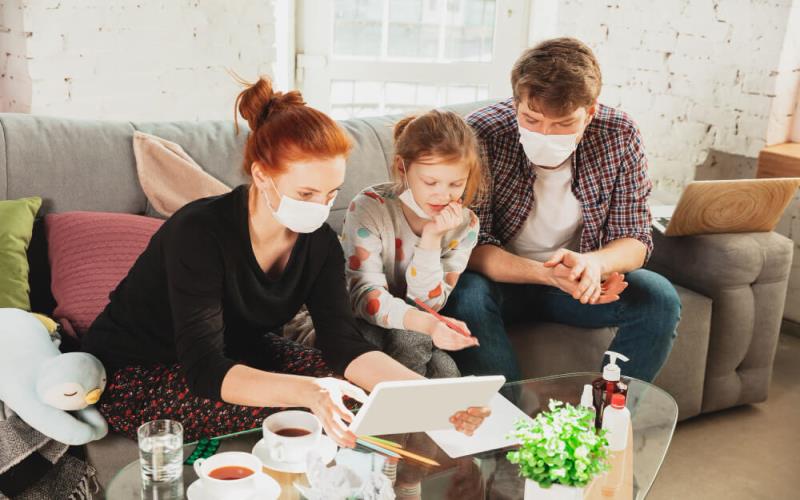Emergency preparedness represents a key shared responsibility in most industries but is especially important in healthcare.
During unexpected occurrences, crisis management teams must deal with complex situations sensitively.
A disaster preparedness plan not only will save lives and property but will also reduce the recovery time. Therefore, it is important to take the time to plan and prepare for any tragedy that may arise.
Disasters tend to strike in unexpected and often varied ways. Constant training is crucial for effective rescue operations.
Solely undergoing training won’t suffice; continuous retraining, in scenarios and working together with multiple agencies are essential for ensuring effective readiness, in emergencies.
This article talks about what kind of alerts one should take into consideration and look out for while preventing casualties.
How to limit the damage?
Effective emergency management is important in preventing disastrous damage. Professionals should educate communities about the importance of emergency preparedness. Being educated will help people take proactive steps during emergencies such as stocking up medical supplies. Emergency preparedness helps prevent damage in several important ways:
- It helps ensure emergency workers have the proper equipment and resources.
- It provides them with training to appropriately respond to common disasters.
- Prevent panic in post-emergency responders and help them think on their feet.
- Help in knowing what areas need additional work and preparation.
- Prepare emergency workers with effective plans and rapid response to emergencies.
By focusing on these aspects and communities, emergency responders can greatly improve their preparedness and ability to save lives during disasters.
Another important aspect of limiting damage is to prepare citizens. We should take the example of emergency preparedness in USA, which involves encouraging citizens to develop family emergency plans so they can also think without panic in emergencies.
Importance of coordination with other emergency agencies:
Collaboration with various organizations is essential to ensure safety during unexpected events.
For example, in the event of a car parking fire, firefighters will be required to secure the scene and medical employees will be needed to rescue the wounded.
Here, every chain of agency should take the example of emergency preparedness in USA and how they have government agencies like FEMA to coordinate disaster response.
Last-minute coordination between agencies can lead to confusion and delays in response times and lead to serious injuries. To prevent this it is important to establish a coordinated plan with all emergency departments in advance. This plan should include;
- Appoint one call person from each agency to streamline communications.
- Rolls of each agency should be clearly defined for them to perform their responsibilities without any chaos.
- Different communication methods should be in place so there is no gap in pieces of information sharing, even with power loss or otherwise.
- Hiring backup staff is also very important during this time. There is no way to predict how big the disaster is going to be and it can get very easy to run out of professional staff.
The overall response to emergencies can be improved by preplanning. One of the most helpful ways to be effectively prepared is to perform regular drills and training exercises.
What should you expect?
Knowing the injuries, in a mass shooting recognizing the hazardous natural calamity, and understanding the lasting health effects of natural disasters is essential for effective response during emergencies.
Dealing with emergencies can be. Tense, for those in the field. Your ability to think critically might diminish especially if you haven’t practiced for the situation at hand. Being prepared for emergencies provides you with the skills and mindset needed to manage a crisis.
Safeguarding Emergency Personnel
Each year numerous first responders suffer injuries while on duty with many losing their lives at the scene of unexpected occurrences. It is crucial to prioritize self-protection in disaster preparedness plans to ensure the well-being of those who serve the community.
Crisis response organizations should regularly offer training on all the safety aspects. The nation’s frontline heroes cannot serve the community if they fail to protect themselves.
Self-protection includes a list of things. Psychological preparedness, physical safety, injury prevention, and infection control are some of the examples.
Conclusion
Tragedies, whether small or catastrophic, affect many people’s lives. Preparing for these situations can prevent deaths. Clear communication and proactive planning can drastically change the effectiveness of the rescue process.
By focusing on preparedness, training, coordination, and the safety of emergency personnel, we can significantly improve our response to disasters and protect our communities.

